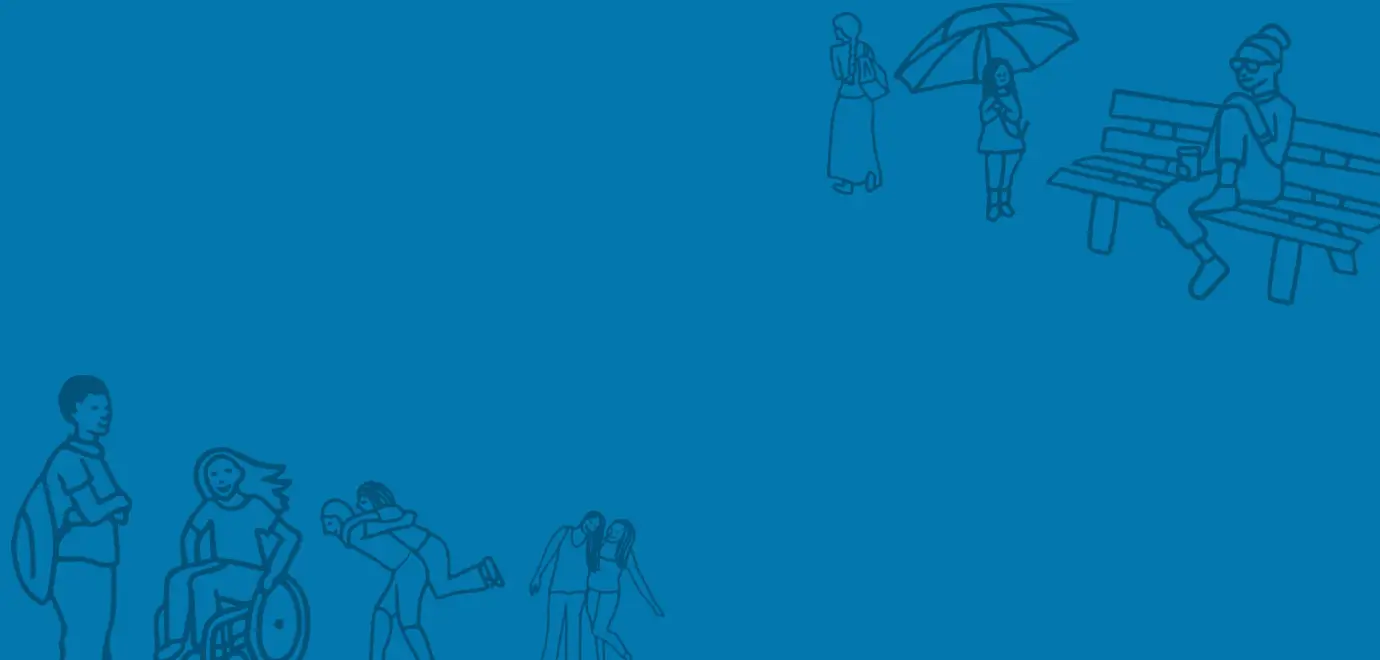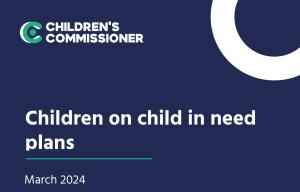“I feel like a parcel getting moved around all the time, getting opened up and sent back and moved on to somewhere else.”
There are over 30,000 looked after children living ‘out of area’ in England. This is 41% of all children in care and has risen by 13% since 2014. Over 11,000 of these children are more than 20 miles from what they would call home, with over 2,000 further than a hundred miles away.
This happens for a number of reasons. It may be that children need to be kept safe from criminal gangs or sexual predators who pose a serious threat to them. Often, however, it is simply because there is nowhere suitable for them to live locally. Numbers of older children going into care have risen year on year leaving cash-strapped local authorities without enough places for them to live. Many children therefore end up going to live in children’s homes run by private companies, often operating in cheaper and less ‘desirable’ parts of the country.
Children living far away are likely to have more complicated and fragmented histories. They are more likely to be older children, more likely to be living in children’s homes than children placed in their local areas, and more likely to have experienced multiple moves while in care. Being so far away from their hometowns can be another trauma for children who have already had difficult upbringings. More than half of children (52%) living out of their local area have special educational needs and a quarter (24%) have social, emotional and mental health identified as their primary need. These are therefore often children who struggle to process change and need routine and consistency to stay calm and content. They may take a long time to build trust with adults and feel settled, and yet this group are at risk of chronic instability at the hands of the care system.
Children living far away are also known to be at much higher risk of going missing, which may well be because of this trauma. Their vulnerability also means that they are easy targets for exploitation by criminal gangs, who are expanding drugs markets through ‘county lines’ activity into semi-rural areas. As a result of this exploitation and the fact that many go missing, we hear a lot about the challenges these children pose to services: the difficulties for the police, health and education services of having a constant flux of very vulnerable children concentrated in one area. What is missing from this narrative is the experiences of those that go through this journey. We need to shine a light on the experiences of these children as victims of a system that is letting them down, not as ‘problems’ for the system.
We wanted to ask what it is like to be uprooted and placed hundreds of miles away; what does it mean for friendships and relationships with family, and how does it affect a child’s sense of belonging. These absolutely fundamental questions are not asked often enough so their answers are absent from much of the national discussion about children’s care. To listen to children’s experiences, we visited fifteen children’s homes across England, wherever children were being placed – the small towns, the rural areas, the coastal towns – to ask them about their lives. While some children were thriving in their new homes, many were discontented and felt a sense of injustice about how they had been treated.





